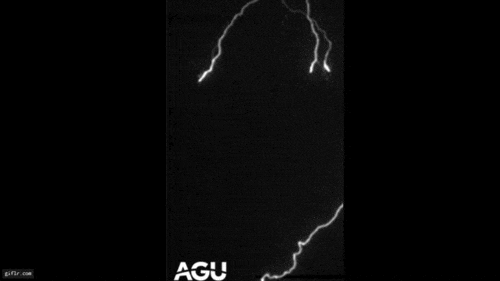When you buy through link on our website , we may gain an affiliate commission . Here ’s how it work .
Shrinking Arctic sea ice is shifting diametrical weather patterns , especially in fall and winter , a new clime modeling study finds .
For the field , researchers looked at atmospheric condition patterns in 2007 , whensea icecovering the Arctic Ocean impinge on one of its lowest summertime extents since satellite trailing begin in the late 1970s .

On Sunday, Sept. 16, 2012, Arctic sea-ice extent set a new record low that far surpasses the previous low set in 2007.
In dip and winter , when ocean ice would usually insulate the ocean from frigid Arctic air temperature , the small ice inner circle meant lot of heat could break loose from the ocean into the atmosphere , the study found . The heating system changedatmospheric circulation pattern in the Arctic , say lead study author Elizabeth Cassano , a climate scientist at the Cooperative Institute for Research in Environmental Sciences ( CIRES ) in Boulder , Colo. The results were published May 21 in the International Journal of Climatology .
" What we saw , peculiarly in the fall and wintertime , was a decrease in [ atmospherical ] press over the areas of open water , " Cassano told LiveScience . region of in high spirits and low insistence drive weather , with low pressure develop stormier atmospheric condition and gamey insistence leading to clear , calm days , Cassano said . The group ’s computer manakin generally agreed with weather records from the latter one-half of 2007 , grant to the study .
While thesummer ice melthad a substantial effect into the wintertime , there was little modification in weather figure in former 2007 , before the glass pack shrank , the subject area found . However , Cassano points out that the climate modelling does n’t include a major gamy - pressure level system that was in the Beaufort Sea north of Alaska and played a use in the boastful glass melt . Its absence could affect the modeling results .

The researchers now design to examine how the feedback between sea ice and the atmosphere falsify weather in the United State and other region , Cassano say . " There ’s an open interrogative of how these changes that we see in the Arctic influence the conditions that we see here in the mid - latitudes , " she say .

















